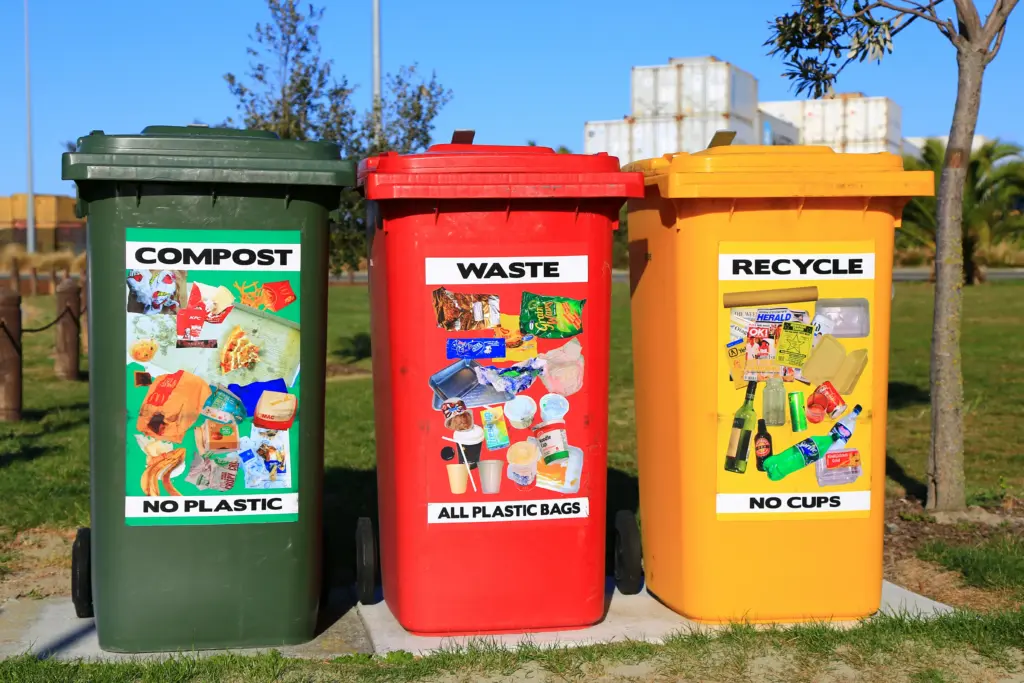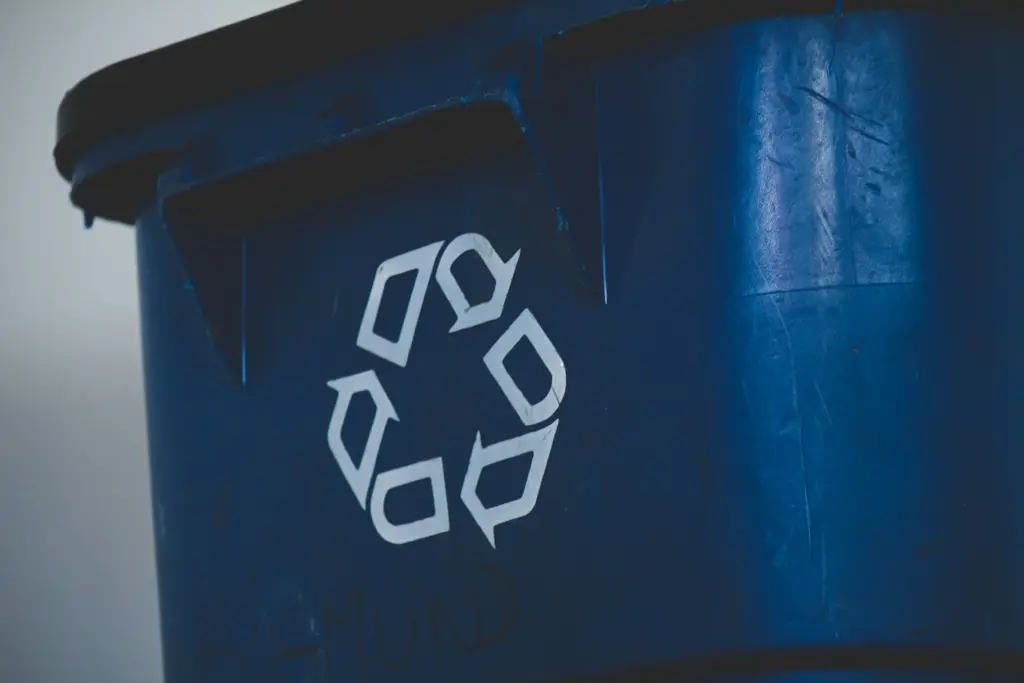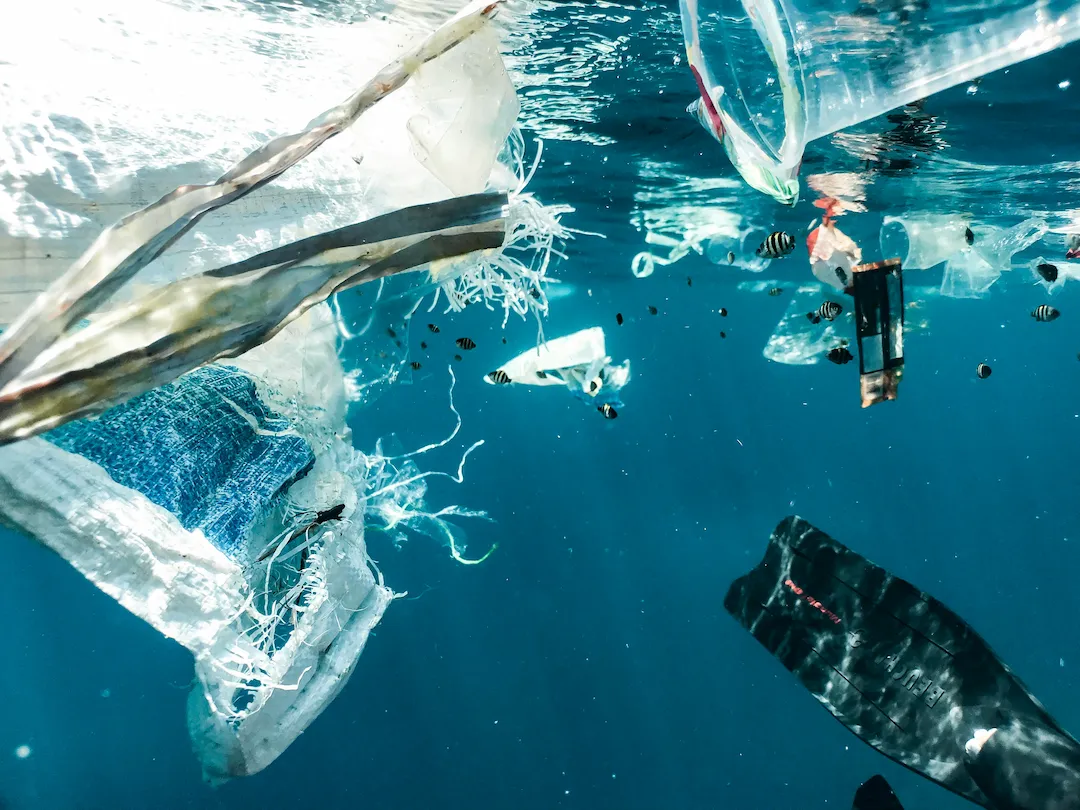 Traceability and Circular Economy
Traceability and Circular Economy

We often see plastic pollution as a problem to clean up. But imagine if we could stop plastic pollution before it ever reaches nature. That’s the promise of prevention: small choices that ripple outward into big change. Whether you’re a consumer, a company, or a community leader, the steps we take today in adopting plastic reduction solutions can meaningfully tilt the balance away from waste and toward regeneration. We’ll explore how individual, business, and community decisions such as using refill stations, improving waste sorting, or switching materials can make a massive impact.
The Case for Prevention Over Cure
Why recycling alone isn’t enough
Recycling has its merits, but it’s not a silver bullet. Globally, a large share of plastic is never recycled. Even when it is, contamination, infrastructure gaps, and logistical losses hamper effectiveness. The reality is that a lot of plastic escapes systems entirely, contributing to both ocean and land pollution.
By contrast, prevention focuses upstream, reducing the volume of new plastic entering our waste stream. When fewer plastics are produced, there is less risk of mismanagement or leakage.
Prevention multiplies impact
Every plastic item avoided is one less to collect, sort, transport, or risk leaking in the environment. Over time, the effect compounds: individual choices feed into patterns, business changes reshape supply chains, and communities must then push systemic change. Rather than reacting to pollution, prevention changes the rules of the game.
How Individuals Can Lead Change
Refill stations and bulk systems
One of the most tangible steps is using or advocating for refill stations like shops or kiosks where you bring your own container and refill liquids (soap, detergent, shampoo). This avoids the need to purchase a new plastic bottle each time. Bulk purchasing (e.g. concentrates, pods, or multi-litre refills) also reduces single-use packaging.
These practices align with a plastic-free lifestyle mindset, and over time, they shift consumer expectations and retail models.
Thoughtful product choices
When shopping, favour items with minimal packaging, or packaged in alternatives like glass, aluminium, or fully recyclable materials. Look for brands that design with reuse in mind. Opting for concentrated or solid forms (e.g. tablets) further reduces the plastic footprint.
Careful material separation
At home, practising better waste sorting (distinct bins for PET, film plastics, non-plastics) increases the chance that plastic is captured and reused instead of escaping into the environment. In places with waste services or waste collectors, properly sorted plastic is more viable for recovery and reuse.
Habit changes that accumulate
Simple practices such as bringing a reusable water bottle, refusing single-use cutlery or straws, and avoiding impulse plastic purchases can gradually shift behaviour. Each choice is a micro-vote for a less wasteful future.

Business Actions That Prevent Plastic Waste
Designing for reuse
Businesses can transition from single-use packaging to reuse models: refillable containers, returnable packaging, or modular systems.1 In sectors like personal care, cleaning, or food, these changes reduce waste while strengthening brand differentiation and consumer loyalty.
Partnering with refill and reuse networks
Instead of reinventing the wheel, brands can join forces with thriving reuse or refill networks.2 This allows extension of distribution while embedding circular models into their product flows.
Upgrading internal waste systems
Within offices, factories, or retail stores, businesses should conduct waste audits to get a better idea of the types of waste generated, enforce rigorous waste separation, and ensure linkages to dependable recycling or processing partners. This reduces contamination and material loss.3
Material innovation
Switching to post-consumer recycled content, compostable alternatives, or other lower-impact materials helps reduce reliance on virgin plastic.4 The switch must be balanced with performance and end-of-life viability, but innovation is advancing rapidly.
Incentives, transparency, and metrics
Companies should set clear plastic reduction solution targets, measure progress (e.g. kg of plastic avoided), and report it publicly. Internal incentive schemes such as recognition, or financial rewards can promote staff engagement.5 Transparency builds trust with customers and stakeholders.

Communities, Waste Collectors, and Partnerships
Collective momentum in communities
Neighbourhoods, schools, or municipalities can host refill fairs, waste audits, and public education campaigns. Community recycling initiatives can centralize sorted plastic, making it easier for waste collectors or recyclers to access. These efforts build local norms around prevention.
Empowering waste collectors
Waste collectors are frontline actors in preventing plastic from entering nature. Integrating them into formal or semi-formal systems by offering fair compensation, training, tools, and safety standards amplifies their impact and strengthens local circular systems.
Strategic partnerships
Businesses, NGOs, and municipalities can co-invest in infrastructure and education. For example, a company can help fund local sorting hubs, install drop-off stations, or support behaviour change programmes. These partnerships help by aligning incentives to scale impact and anchor prevention in communities.
Realistic Challenges and How to Address Them
Behavioural resistance
People default to convenience. Shifting habits requires nudges: incentives, education, reminders, and social norms. That is why visible signage, loyalty rewards for reuse, and community ambassadors help tip the balance.
Infrastructure gaps
In many regions, collection, sorting, and processing are weak or absent. Prevention programmes must co-invest in infrastructure and partner with policymakers to ensure that captured plastic can flow back into reuse or recycling loops.
Investment and cost hurdles
Redesign, pilot projects, and refill logistics require upfront funding. Businesses should view them as strategic investments to reduce material risk, strengthen brand reputation, and unlock long-term savings.
Supply chain complexity
Prevention often requires coordination with suppliers, distributors, retailers, and waste managers. Gaps or misalignment can lead to leakage or implementation failures. Careful design and cross-partner engagement matter.
Managing performance trade-offs
Alternative materials or refill systems may initially face constraints in shelf life, durability, or cost. By making improvements in phases, changes can be robust, scalable, and aligned with customer expectations.
Stopping plastic pollution begins not with cleanup, but with prevention. By adopting plastic reduction solutions in daily life, through businesses, and in communities, we can intercept plastic before it becomes waste. Small choices, whether you choose to refill, reuse, or implement smart sorting or material switching, these magnify into systemic change when embraced collectively.
Plastic Bank’s model shows what’s possible: billions of bottles’ worth of plastic kept out of nature, livelihoods improved, and partnerships formed across sectors. To be part of this movement, explore our impact membership.
When individuals, businesses, and communities take aligned, purpose-driven action, prevention ceases to be optional, it becomes inevitable. Together, we can make small choices with massive impact.
—






